Author: jesse
-
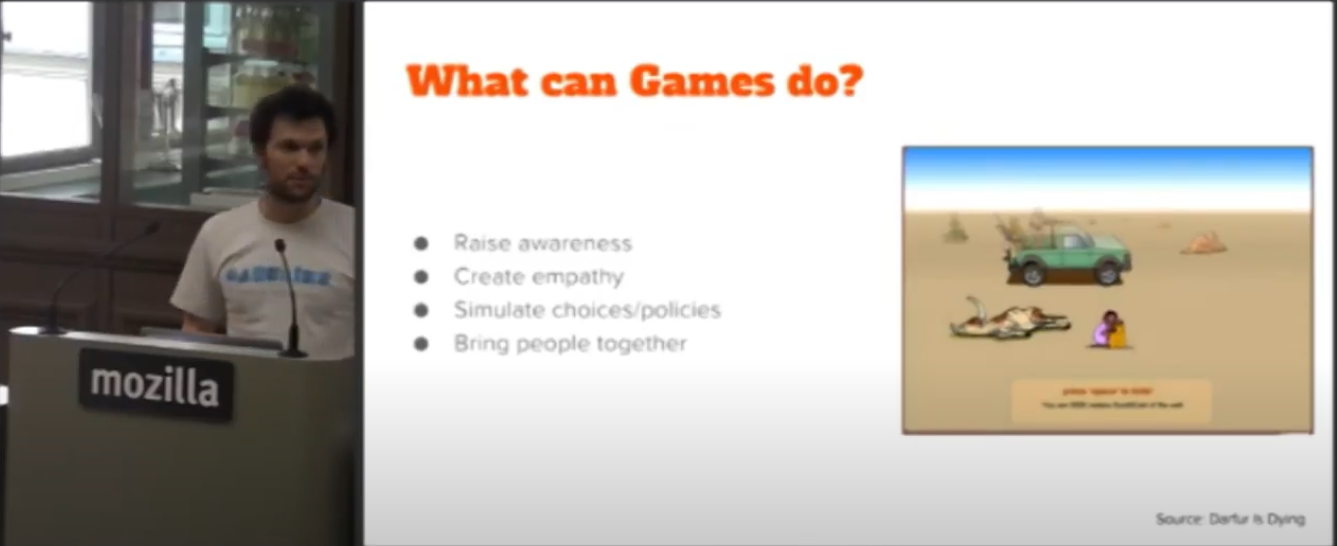
IncLudo Introduction to the Diversity Jam
Jesse Himmelstein (CRI Game Lab) introduces the EU-India project IncLudo project and the current state of games around diversity and inclusion.
-
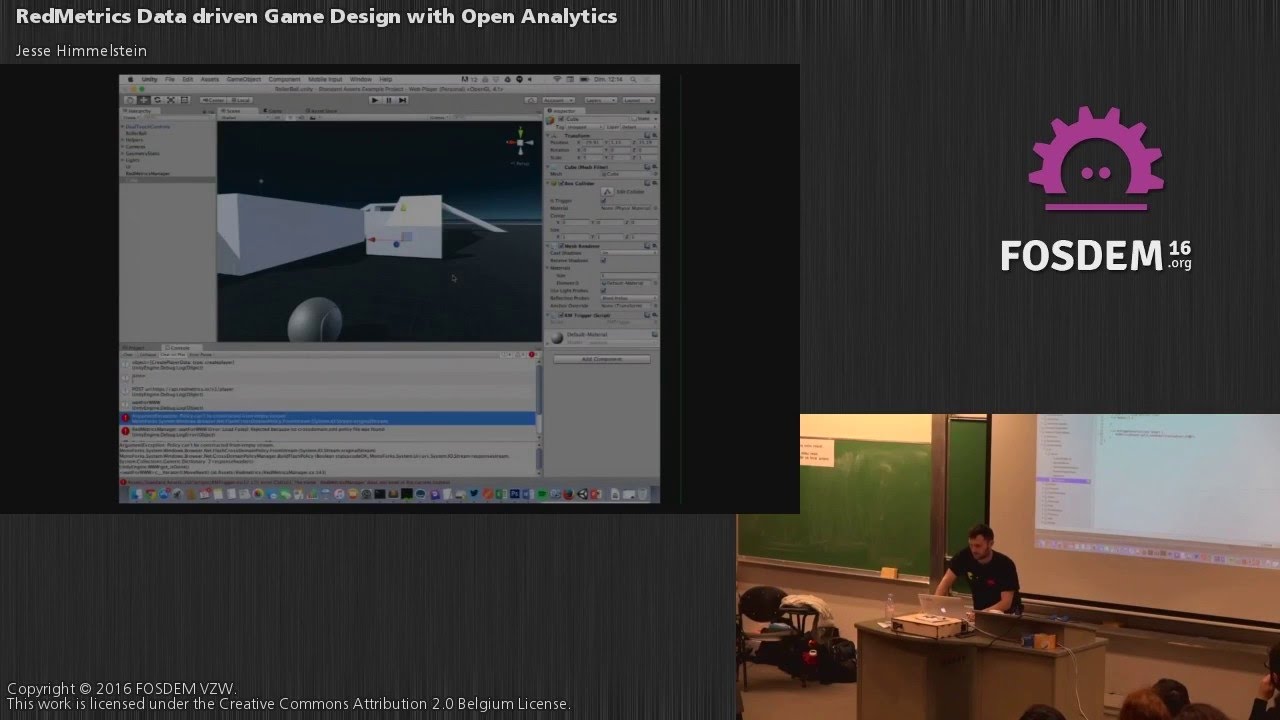
-
RedWire: a novel way to create and re-mix games
I had forgotten to post this article from 2014. RedWire: a novel way to create and re-mix games
-

Biography of Eric Chahi (Another World / Heart of Darkness / From Dust)
Reposted from the Gamelier I have such strong memories of first playing “Another World”, aka. “Out of this World.” A friend lent me a floppy disk with it on it, and I loaded it up my parent’s PC without any idea of what it was. The lack of introduction only amplified the mystique of starting…
-
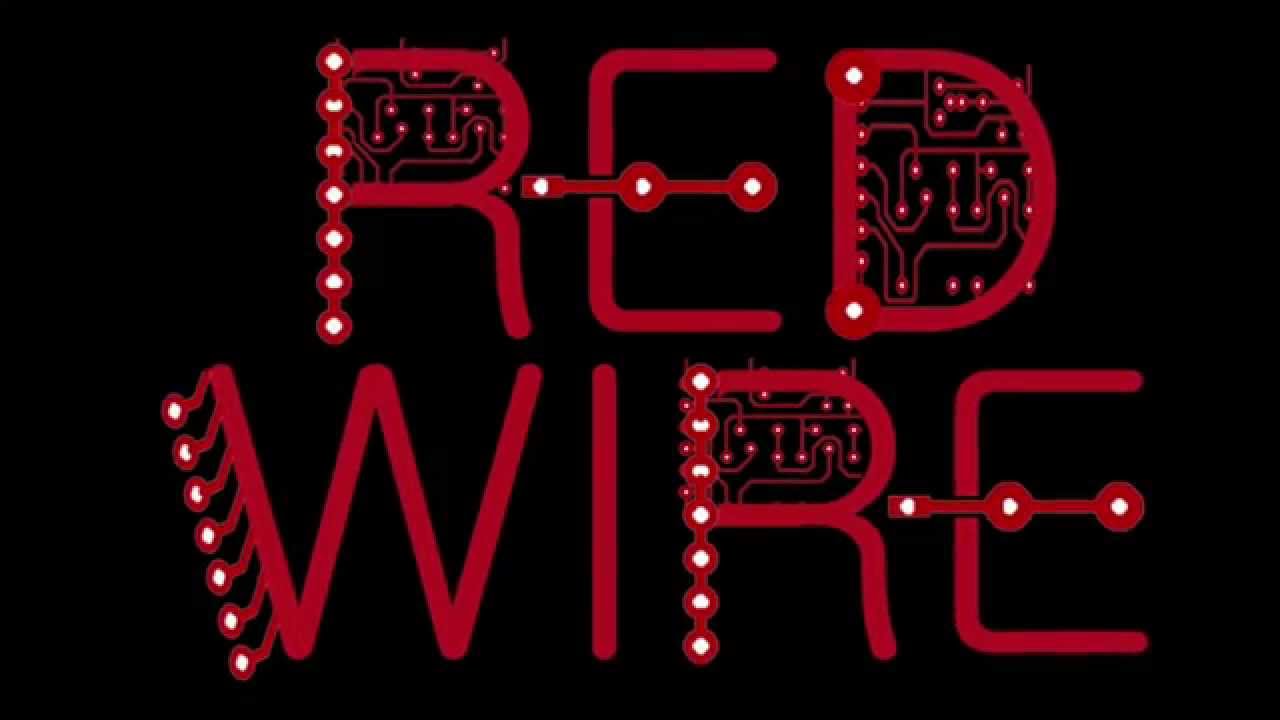
RedWire Game Jam
Reposted from the Gamelier Creating games from scratch is hard. What if we could “remix” existing games, just like we do for music? That was the aim of the RedWire game jam that took place in Paris over the weekend of July 25-27. The event was a collaboration between four organizations: the Center for Interdisciplinary…
-

Experience and Education by John Dewey
Originally posted at Gamelier. I’m not accustomed to reading philosophy, but really enjoyed reading Experience and Education, by John Dewey. It’s a slim book of not even 100 pages, but is beautifully written, exceptionally clear and intelligent. Experience and Education was written in 1938 as a followup to an earlier book, Democracy and Education, which he had…
-
RedWire post for EduGamesHub
I guest-wrote a post for the EduGamesHub blog about the RedWire hackathon in London. http://edugameshub.com/running-hackday-remixing-redwire/
-
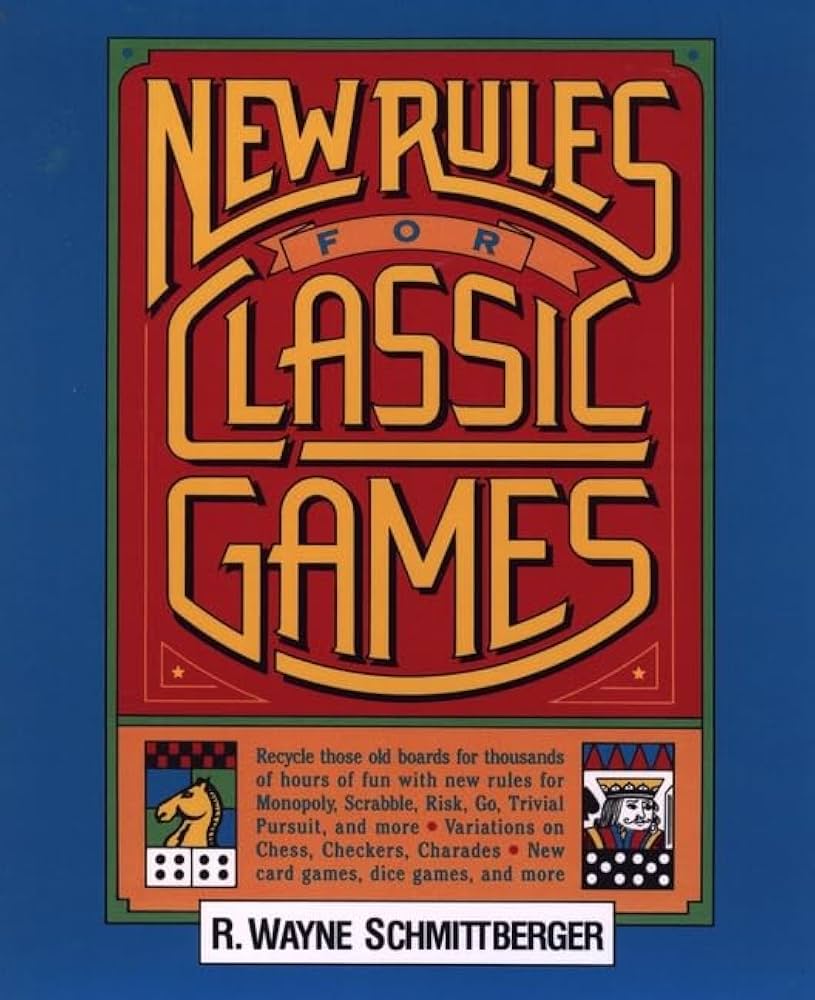
New Rules for Classic Games
Reposted from Gamelier It’s a bit hard to find, but New Rules for Classic Games, by Wayne Schmittberger, is full of intriguing ideas and creative takes on well-known games. It was originally published back in 1992. As the subtitle says “Recycle those old boards for thousands of hours of fun with new rules for Monopoly, Scrabble, Risk,…
-
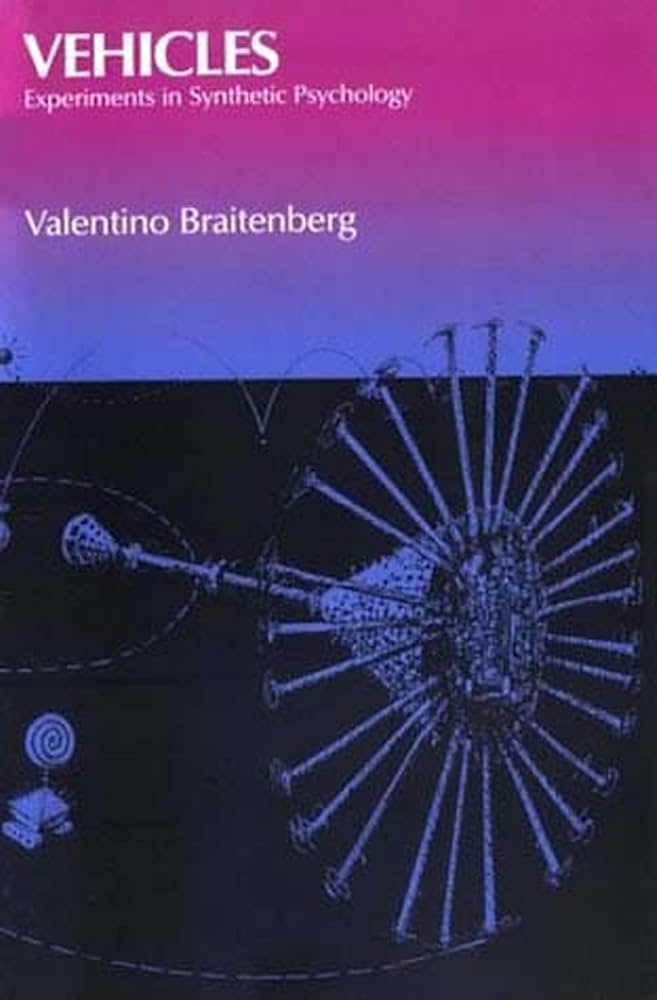
Vehicles by Valentino Braitenberg
With the excitement and activity of A-MAZE calming down, I finally have a moment to write about a rich book that I will want to read again and again- Vehicles: Experiments in Synthetic Psychology by Valentino Braitenberg. Since it was written in 1984, I’m truly lucky that a colleague from the Gamelier recommended it to…
-
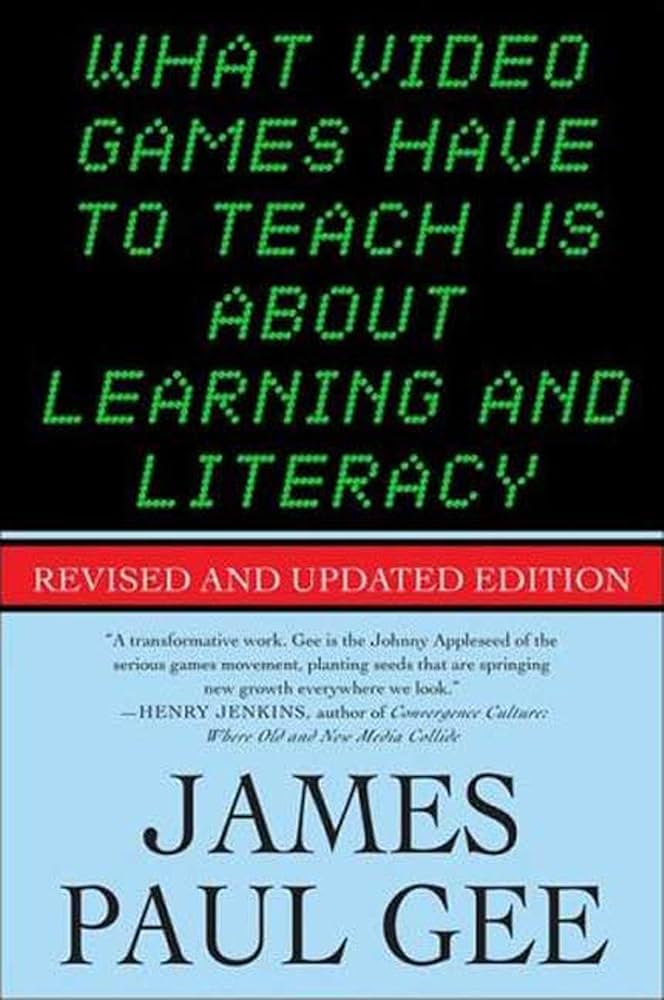
What Video Games have to Teach Us about Learning and Literacy by James Paul Gee
“What Video Games have to Teach Us about Learning and Literacy” is a book about how video games motivate players to learn how to play them, despite or even due to their complexity and difficulty. James Paul Gee compares how players learn video games to how people learn in school, and discusses how schools…